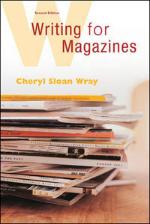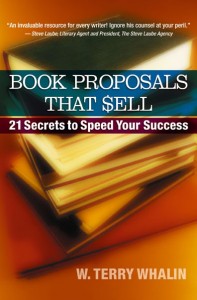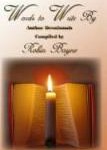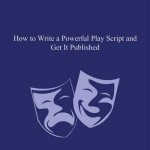When I go to writers’ conferences, I meet people who have a story to tell and think that they need to write a book. However, a writer whose work has never been published will have a difficult time finding a publisher. It’s preferable to work on getting some work in print to prove that you can produce publishable work and that someone was willing to pay for it. Magazine articles are a perfect way to break into print.
Writers who can’t go back to school or attend conferences can learn how to write for magazines on their own. I recommend two paperback books that give you just about everything you need to teach yourself how to write for magazines.
Writing for Magazines by Cheryl Sloan Wray
My first magazine writing workshop was taught by Cheryl Sloan Wray, a freelance writer and journalism teacher. Her book first came out in 1996, but it has since been published by McGraw Hill Higher Education and is used as a textbook at the college level. Don’t let that scare you off, though. Her writing style is easily understood and well-organized. If you work your way through this book and follow the guidelines, you’ll be ready to submit articles to magazines in no time. If you’re on a budget, keep in mind that the educational edition is more expensive that the early edition simply because it is considered a textbook. Although some of the contact information in the old edition may be out of date, much of the content is still valid.
Effective Magazine Writing: Let Your Words Reach the World
by Roger C. Palms
 Palms is a former editor of Decision magazine. He also walks you through the entire process of writing a magazine article. I don’t know how many times I’ve picked up this book when I just couldn’t get going on a work in progress. For example, I needed a better lead for an article, but I just wasn’t happening. I went to Palms’ book and read the chapter about the different types of leads. Soon I was creating an effective lead and on my way to finishing that article. The book is out of print, but you may be able to find it on www.half.com, Amazon, or other used book sites.
Palms is a former editor of Decision magazine. He also walks you through the entire process of writing a magazine article. I don’t know how many times I’ve picked up this book when I just couldn’t get going on a work in progress. For example, I needed a better lead for an article, but I just wasn’t happening. I went to Palms’ book and read the chapter about the different types of leads. Soon I was creating an effective lead and on my way to finishing that article. The book is out of print, but you may be able to find it on www.half.com, Amazon, or other used book sites.
Which One?
Buy one or both and keep them near your writing desk. They are both written by professionals who have “been there and done that” numerous times with excellent results.





